Traveling Sustainably in Alaska
Whether you’re a seasoned eco-friendly traveler or just being introduced to the concept of sustainable tourism, here are some tips to keep in mind before, during, and after your adventures to ensure you’re doing your part to keep Alaska, and all destinations, as green as possible.
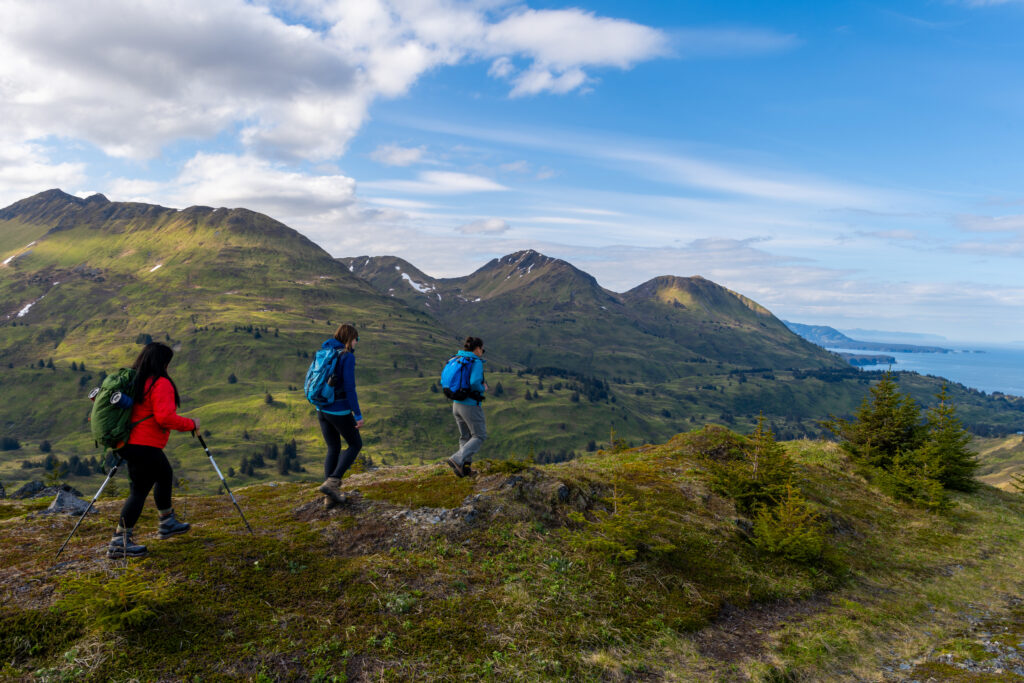
Before Traveling
Do Your Research
While planning your trip to Alaska, find out as much as you can about the communities that you are visiting. Learning about the climate, history, activities, and cultures in the communities you are visiting will allow you to full enjoy and reflect on your trip to Alaska. The better prepared you are, the more you will be able to soak in all of your surroundings. A great resource for learning about the different climates, geographical features, animals, histories, and cultures in Alaska is TravelAlaska.com. You can also visit the Sustainable Tourism page to find businesses that make sustainable initiatives a priority!
Pack Light and Pack Smart
In Alaska, there is no such thing as “bad weather,” only bad clothing. A rainy or cold day won’t be a damper on your excursions if you are dressed appropriately. To be best prepared for your time in Alaska, dress in layers. Depending on where you’re traveling and the activities you have planned, the weather and temperatures can vary greatly. By dressing in layers, you will be prepared for any weather that you will encounter.
While it might be tempting to over-pack just to be safe, it is important to know that some tour operators and businesses have limits on the weight and size of luggage they are able to transport. Be sure to check these limits before you begin packing.
To limit the weight of your luggage, plan to re-wear items throughout your trip. You can also lighten your load and carbon footprint by disposing of any unneeded outer wrapping of new items (e.g. toothpaste box) prior to your trip.
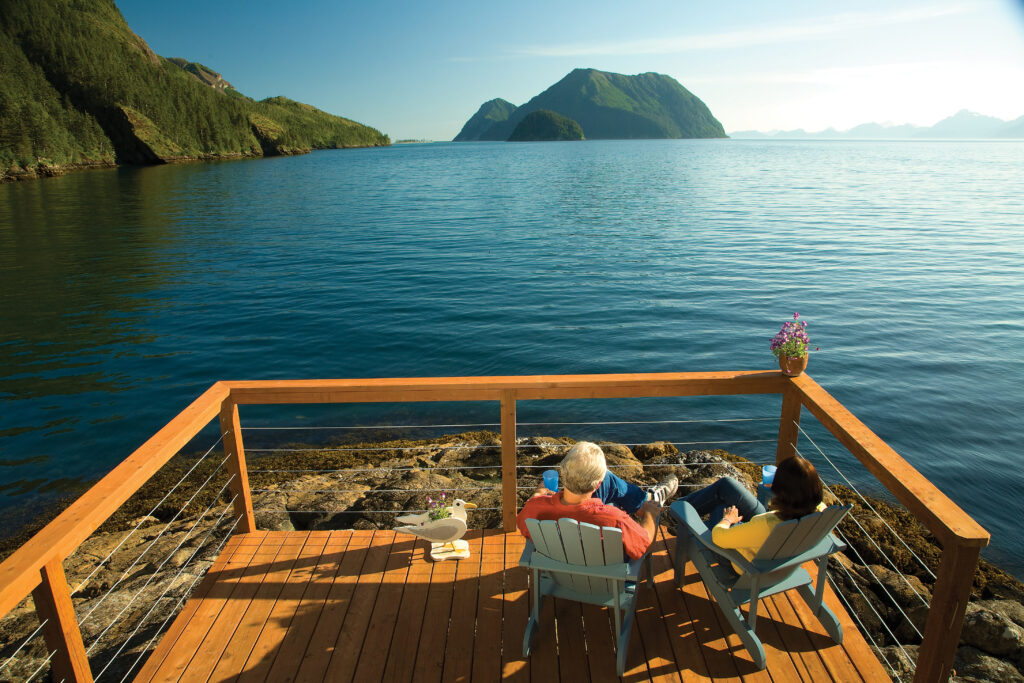
Lodging and Excursion Options
When planning your trip to Alaska, be sure to learn about the businesses that you would like to support. By researching which lodgings and tour companies support sustainable tourism, you can be sure that your trip is positively benefiting the communities you are visiting. Look for hotels, inns, bed and breakfasts, lodges, guide services, tour operators, and others that have a written policy explaining their commitment to the environment, community, and local culture. All Adventure Green Alaska certified businesses are required to publish a sustainability statement. To find a sustainable tourism business in Alaska that would fit your needs for your time in Alaska, visit our Green Business Directory. Adventure Green Alaska certified businesses prioritize sustainable practices such as limiting single-use plastic waste, utilizing non-toxic cleaning products, educating employees and guests on Alaska history and cultures, and opting to hire local residents in the areas they operate in.
While Traveling
Immerse Yourself in the Local Culture
Whether you’re in one of the larger cities in Alaska, or a small rural community, take the time to get to know the locals. Many cities and communities have museums and/or cultural centers where you can learn in depth about the history of that area, the entire state and about the indigenous peoples of Alaska and their ways of life.
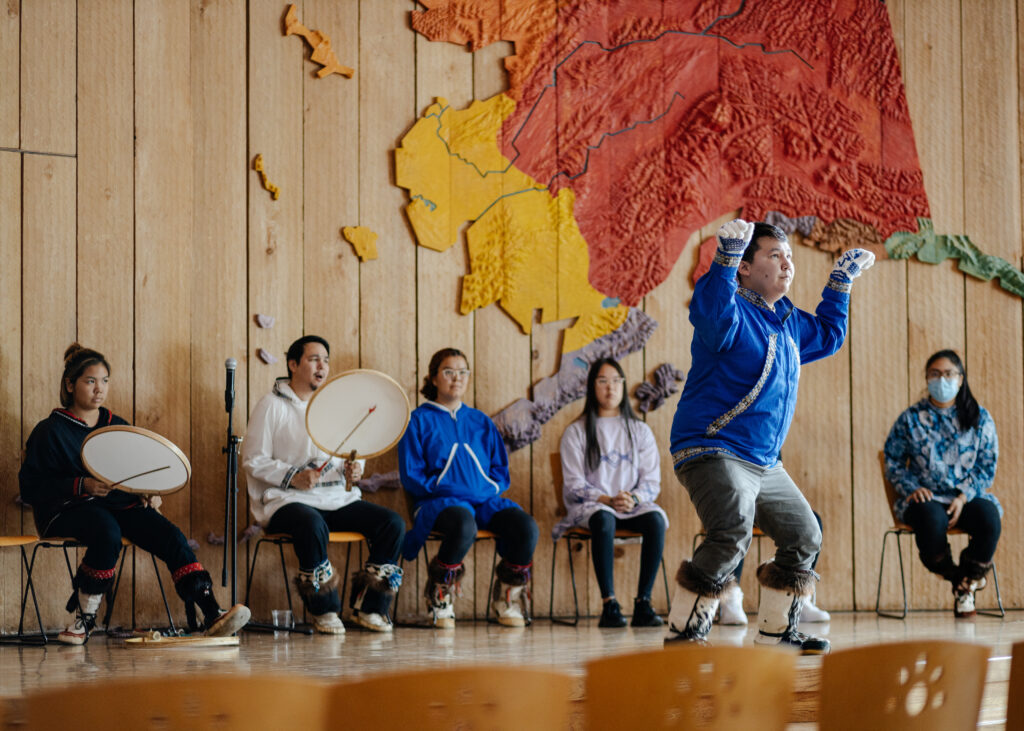
Support Locally Owned and Operated Businesses
There are many restaurants, shops, art galleries, large and small tour operators – to name a few – that are owned and operated by local residents. When you support these businesses, not only does the money go back into the community, helping it to thrive, but you get a unique and authentic Alaska experience. When purchasing local goods, look for the following symbols:

“Made in Alaska” – This symbol is used to promote products made, manufactured or handcrafted in the state. Alaska’s businesses manufacture high quality products for markets in Alaska, domestically and internationally. Products range from small gift items to large industrial modules.

“Silver Hand Program” – This program was created to enable consumers to readily identify Alaska Native artists’ work. The black oval tag with a silver hand and the phrase “Authentic Alaska Native Art from Alaska” certifies that the artwork: 1) was created by an Alaska Native artist, 2) created in Alaska, 3) is an original contemporary or traditional piece, and 4) is not manufactured. This seal ensures that the artwork you are purchasing is authentic.

“Alaska Grown” – The Alaska Grown program markets fruits, vegetables, meats and aquaculture that were grown in Alaska to help support the state’s agricultural industry. As more and more residents, visitors, chefs and foodies embrace the local food movement, the Alaska Grown certification has earned a reputation as the easiest and most consumer-friendly way to support local agriculture in Alaska.
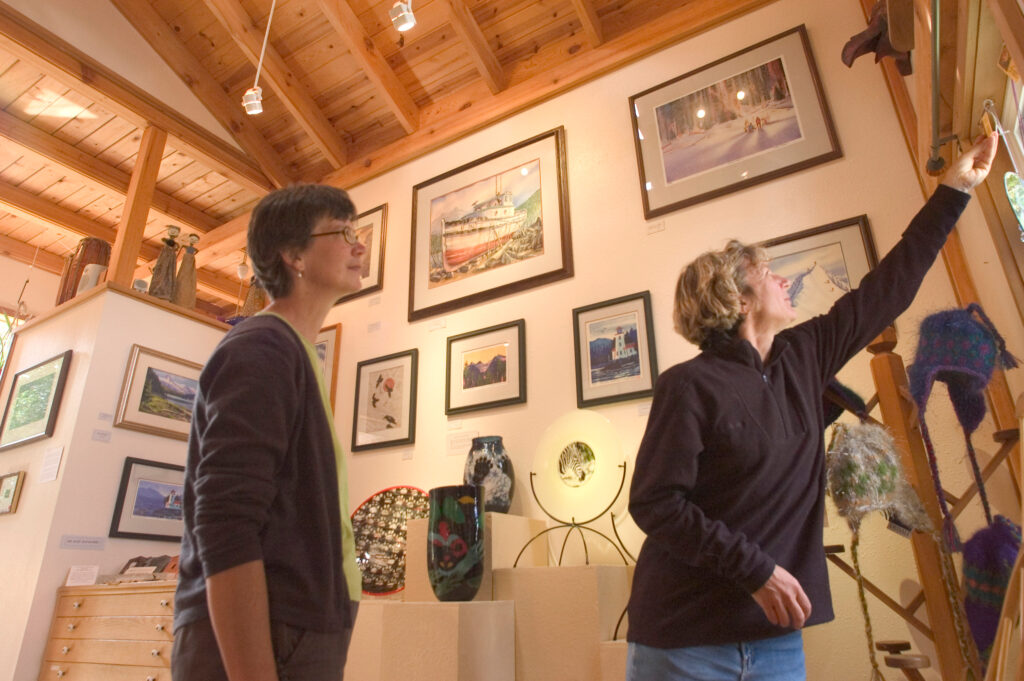
Leave No Trace
Of Alaska’s 365 million acres, only about 1 million of those acres are private. This means there is A LOT of wilderness and land to explore. The Leave No Trace Principles were developed as a means to help preserve Alaska’s pristine and wild environment for generations to come. By following these guidelines, you can help to keep Alaska a prime destination for sustainable tourism.
Reduce, Reuse and Recycle
There are many ways you can help to preserve the environment. A few suggestions: bring your own water bottle and/or coffee thermos to refill, rather than purchasing bottled water and/or coffee in paper cups. Reduce your shower time to not waste water, especially in remote areas where water sources may be limited. Bring your own reusable shopping bags. Do not litter – when you’re exploring the great outdoors of Alaska, remember if you pack it in, you must pack it out.
Follow Best Practices
Keep yourself safe and wildlife wild by being a responsible wildlife viewer.
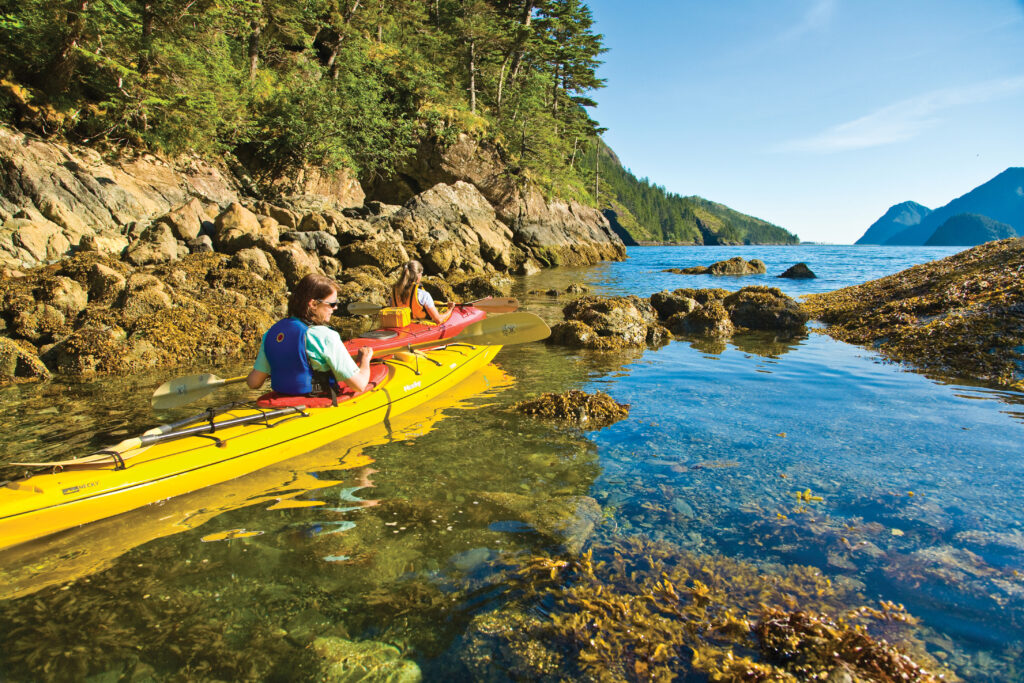
After Traveling
Share What You Learned!
Along with the memories you made, telling others about the ways you were a sustainable traveler can inspire them to do the same in their trips throughout the world.
Get Out Again
The experiences of traveling can open your eyes to a whole new world, literally! Continue to travel, explore and learn more about new destinations, or even places you’ve already been but can’t wait to go back.
Give Back
Consider giving back to a community you visited by making a donation to an organization or charity you may have learned about on your trip.
